Wilderness in Germany
In the last decade the Wilderness became an integral part of the German National Strategy on Biological Diversity. This strategy envisages that Wilderness cover 2 % of the German land area by 2020 and forests with natural forest development account for 5 % of the wooded area.
To meet this Wilderness target, the German Federal Agency for Nature Conservation (BfN) launched in 2012 a research and development project. The project formulated criteria for Wilderness in Germany within the meaning of the German National Strategy on Biological Diversity. Applying those criteria, potential Wilderness and Wild Areas (woodland, coastal plains, moorlands, alpine areas) and potential Wilderness (former military exercises zones, former open cast mining landscapes) were identified by Prof. Rosenthal of the University of Kassel.
This process is supported by sophisticated marketing and communication. This, for example included also an online campaign to protect more Wilderness in Germany including a number of articles – Wildness in Germany, approaching the general public and explaining the importance of this decision and showcasing wonderful shots of some of Germany’s most natural areas – from the Alps to the Wadden Sea.
The main objective of this approach is to disseminate Germany´s Wilderness strategy to the society as much as possible. For example, the films were targeted at nature conservation events and festivals. The experience from this approach provides an excellent motivation and encouragement to the other European countries. The practical outcome is that a large majority of Germans are in favour of protecting Wilderness.
As we can see, Germany is taking a pretty serious approach to the protection of Wilderness. We congratulate Germany on this decision. Nevertheless, it is obvious that not all of the proposal areas will immediately fulfil all of the criteria of the European Wilderness Quality Standard and Audit System. Nevertheless, several areas representing some of the best Wilderness in Germany can join the European Wilderness Network almost right away. We are glad that Germany is going to play a significant role in the European Wilderness Movement and help us increase the total area of certified Wilderness from currently 313.993 ha to 500.000 ha in Europe by 2020.


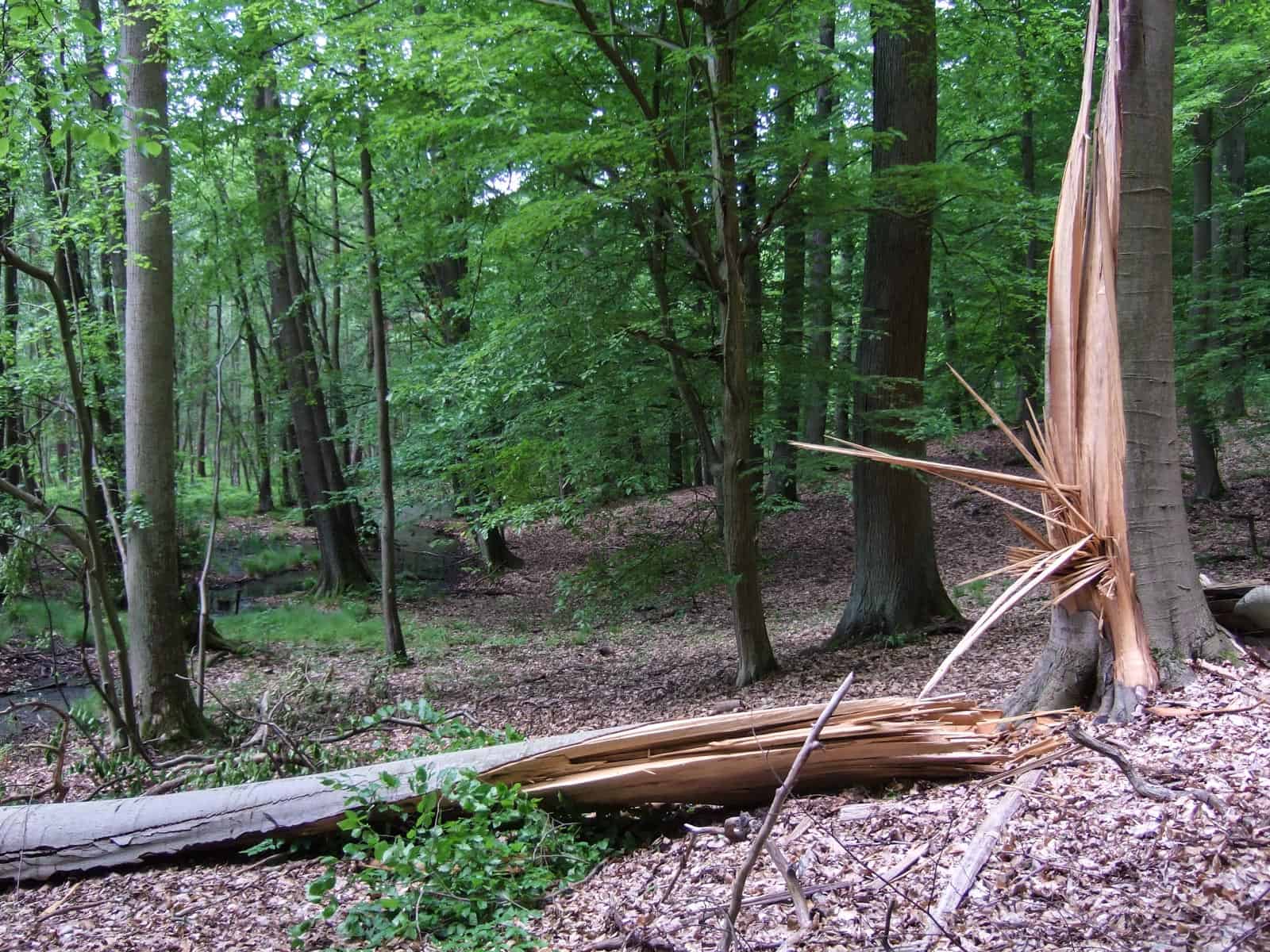
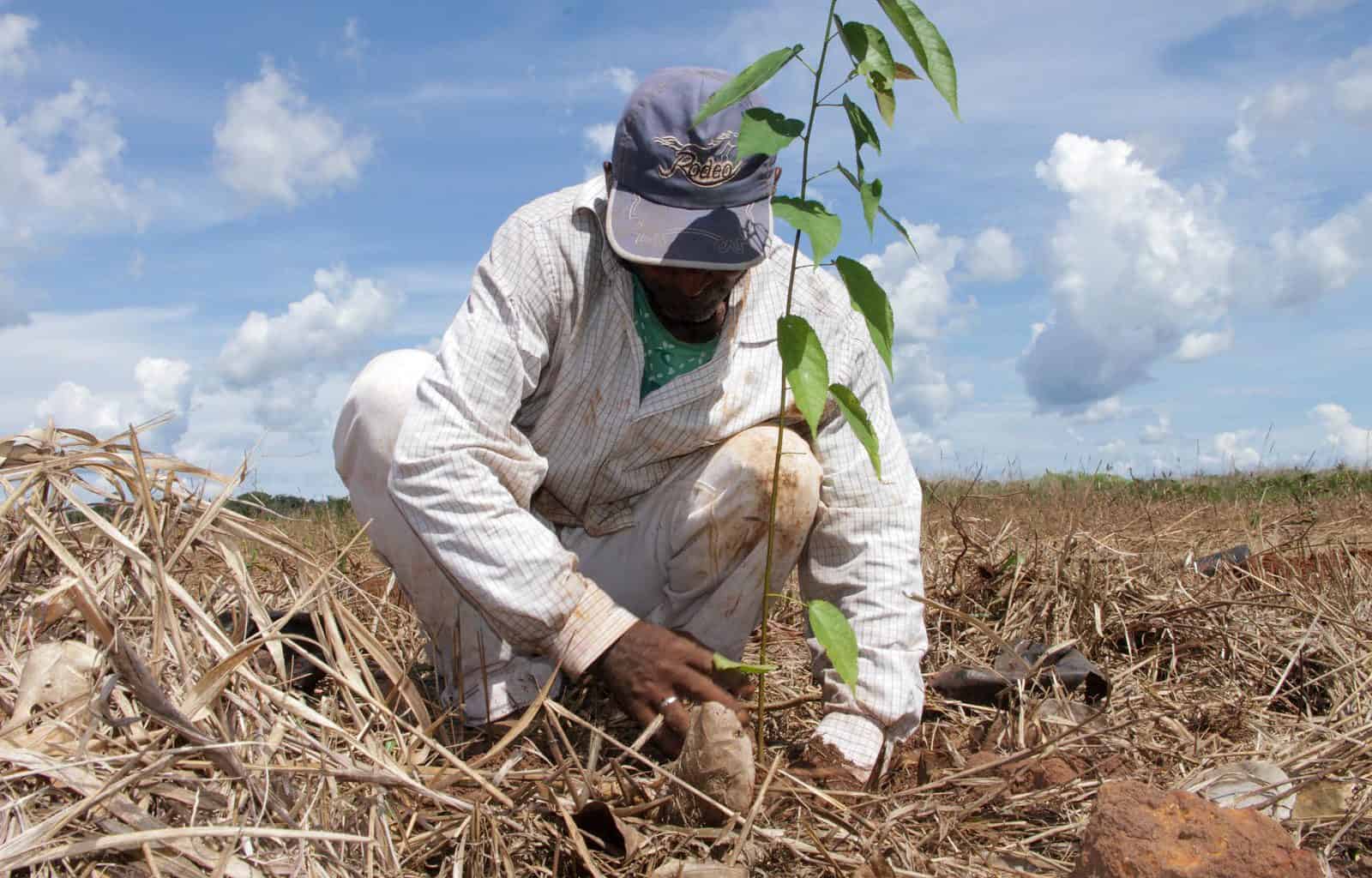
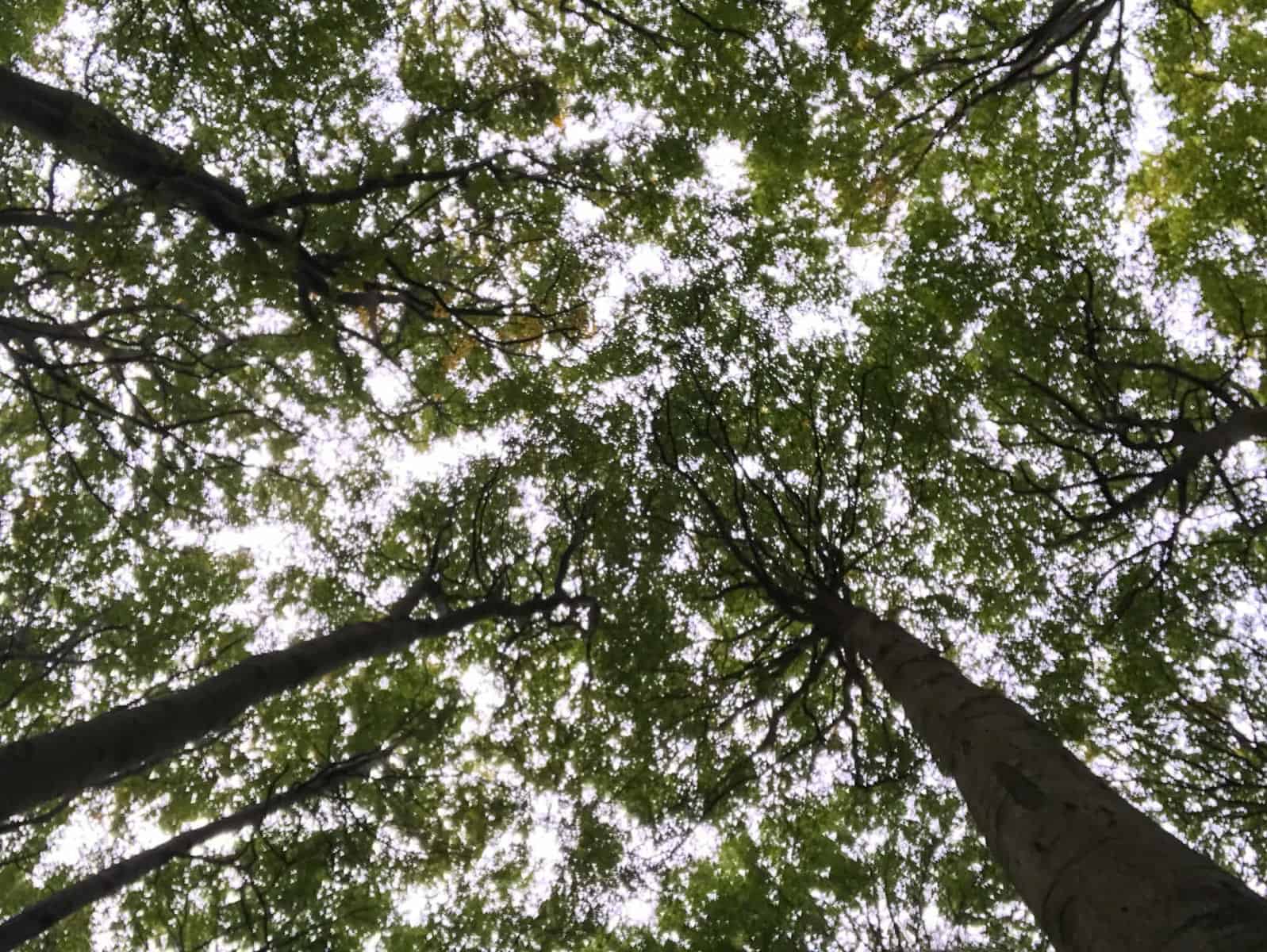
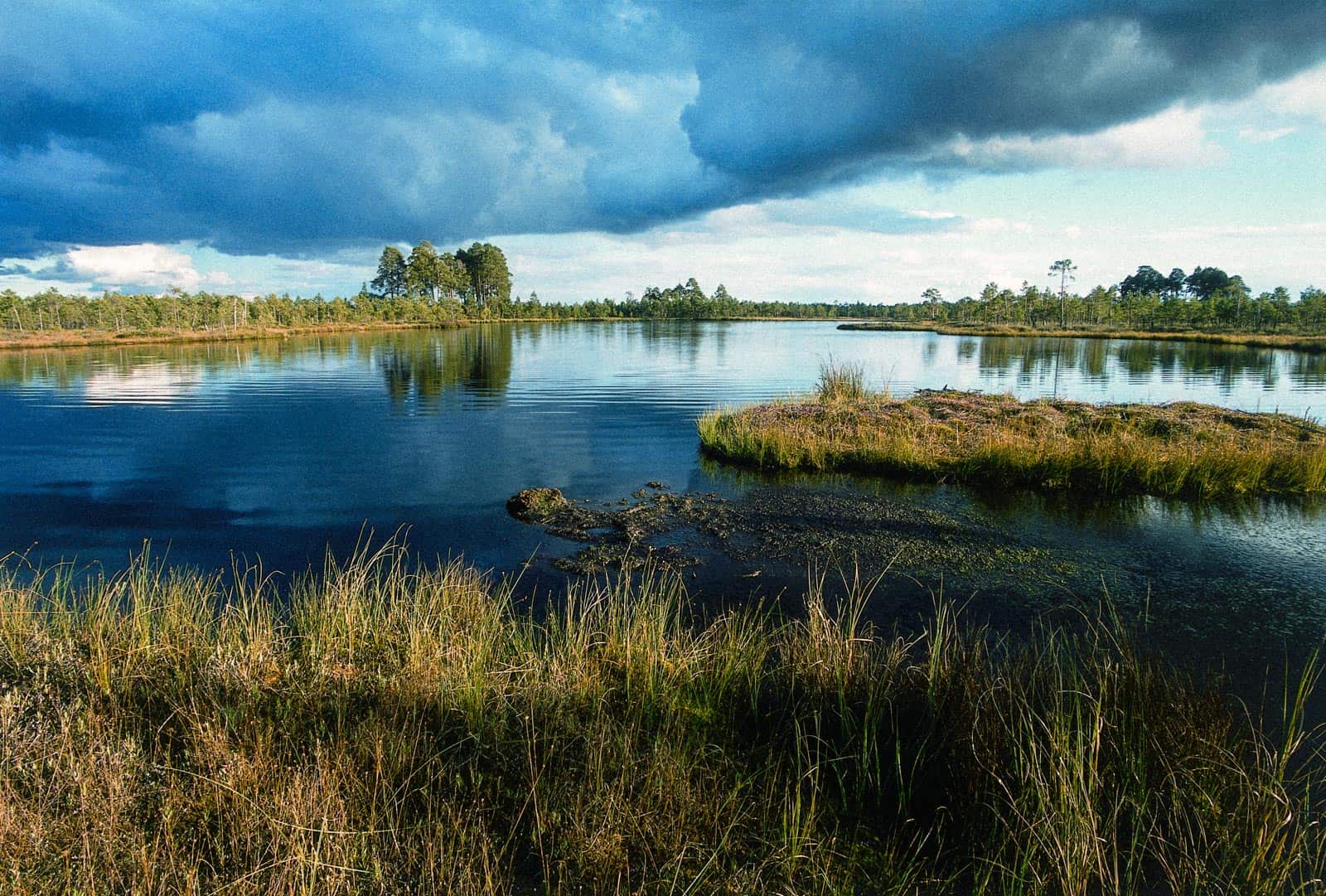
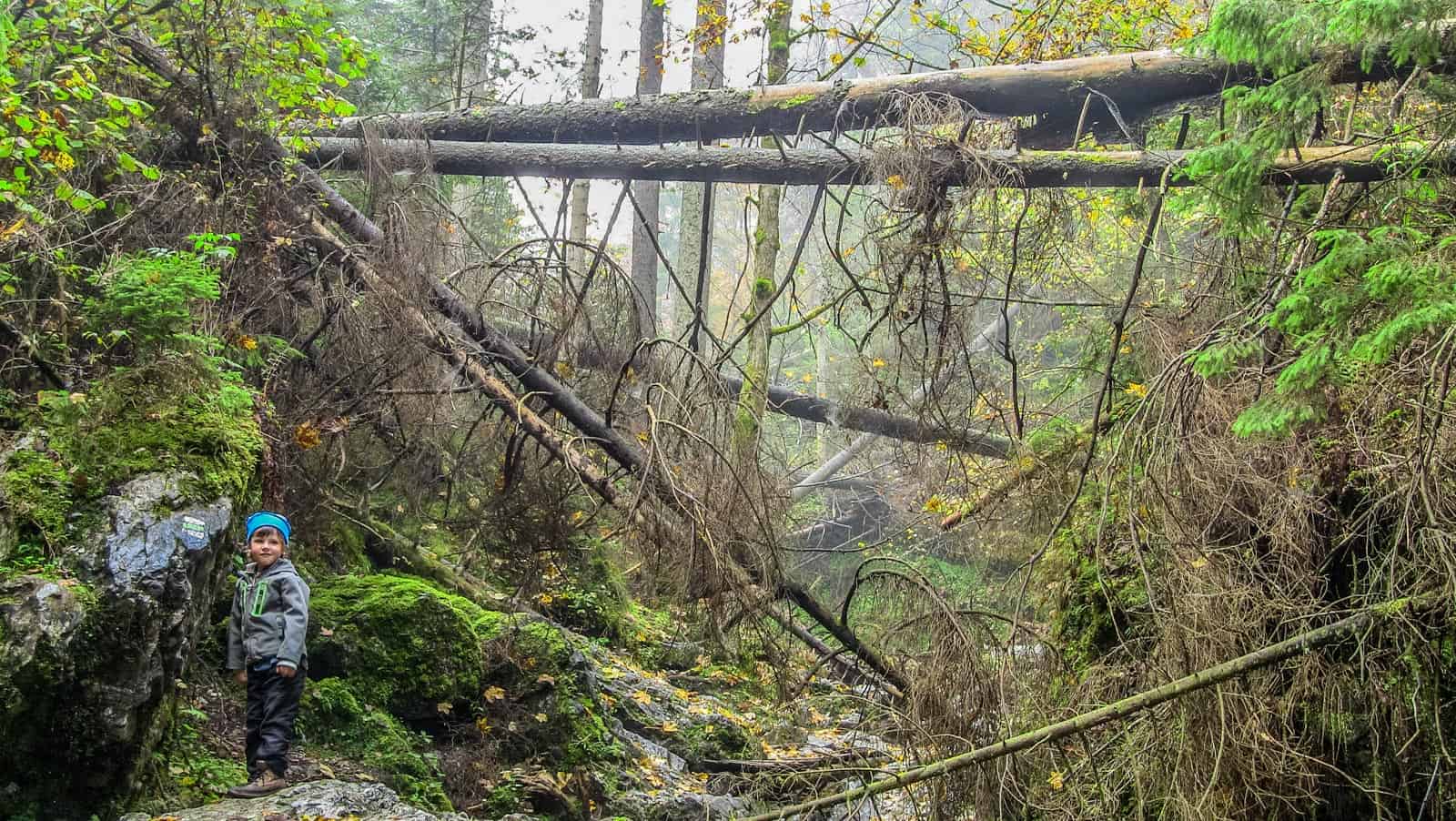
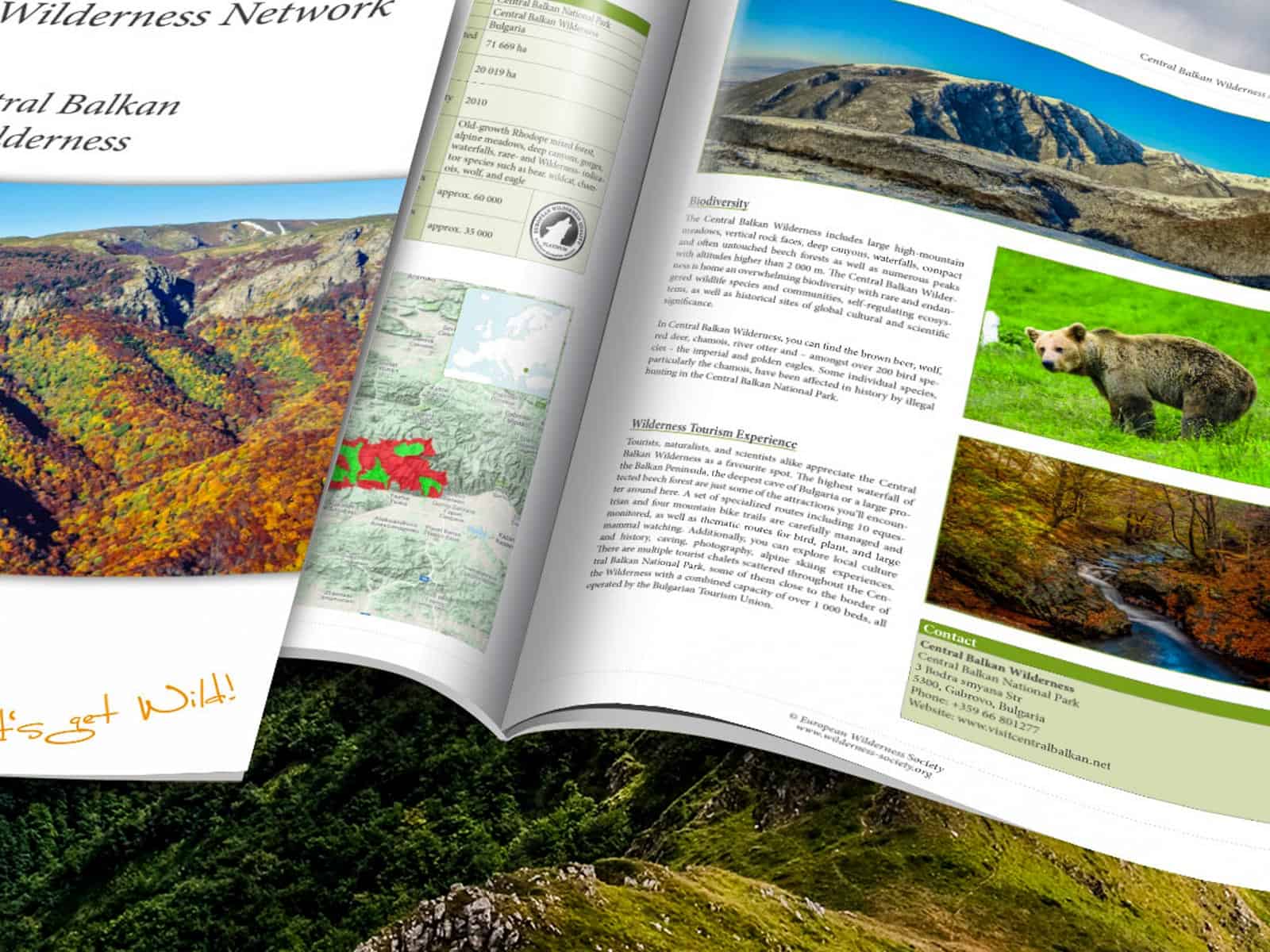
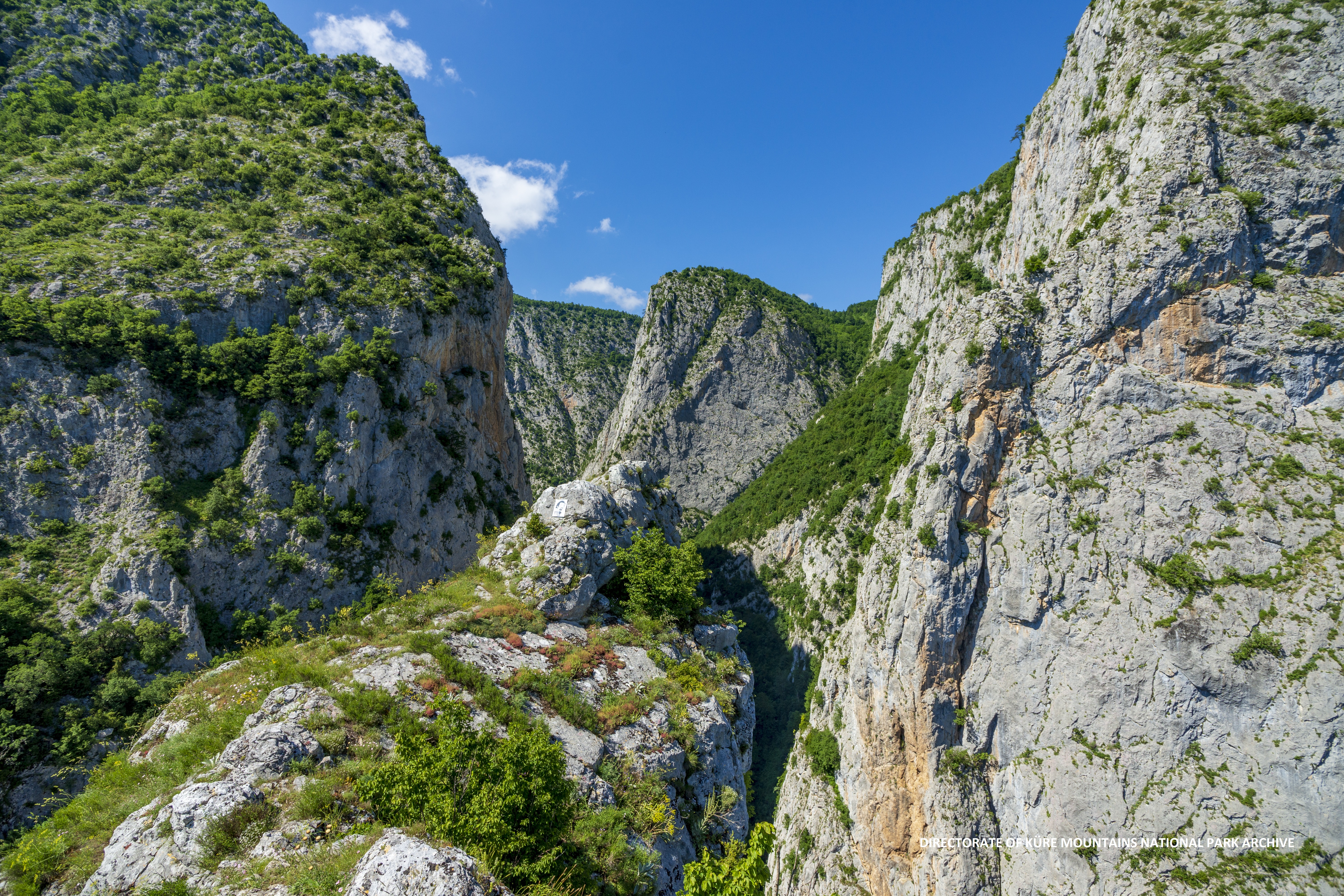
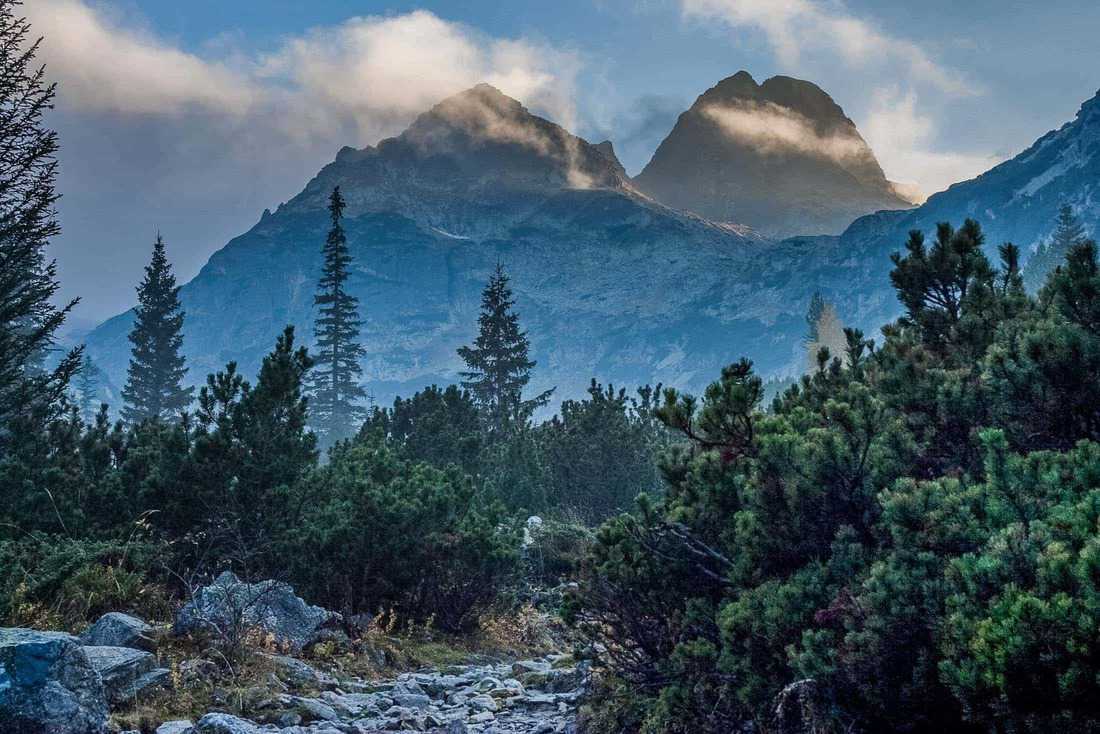
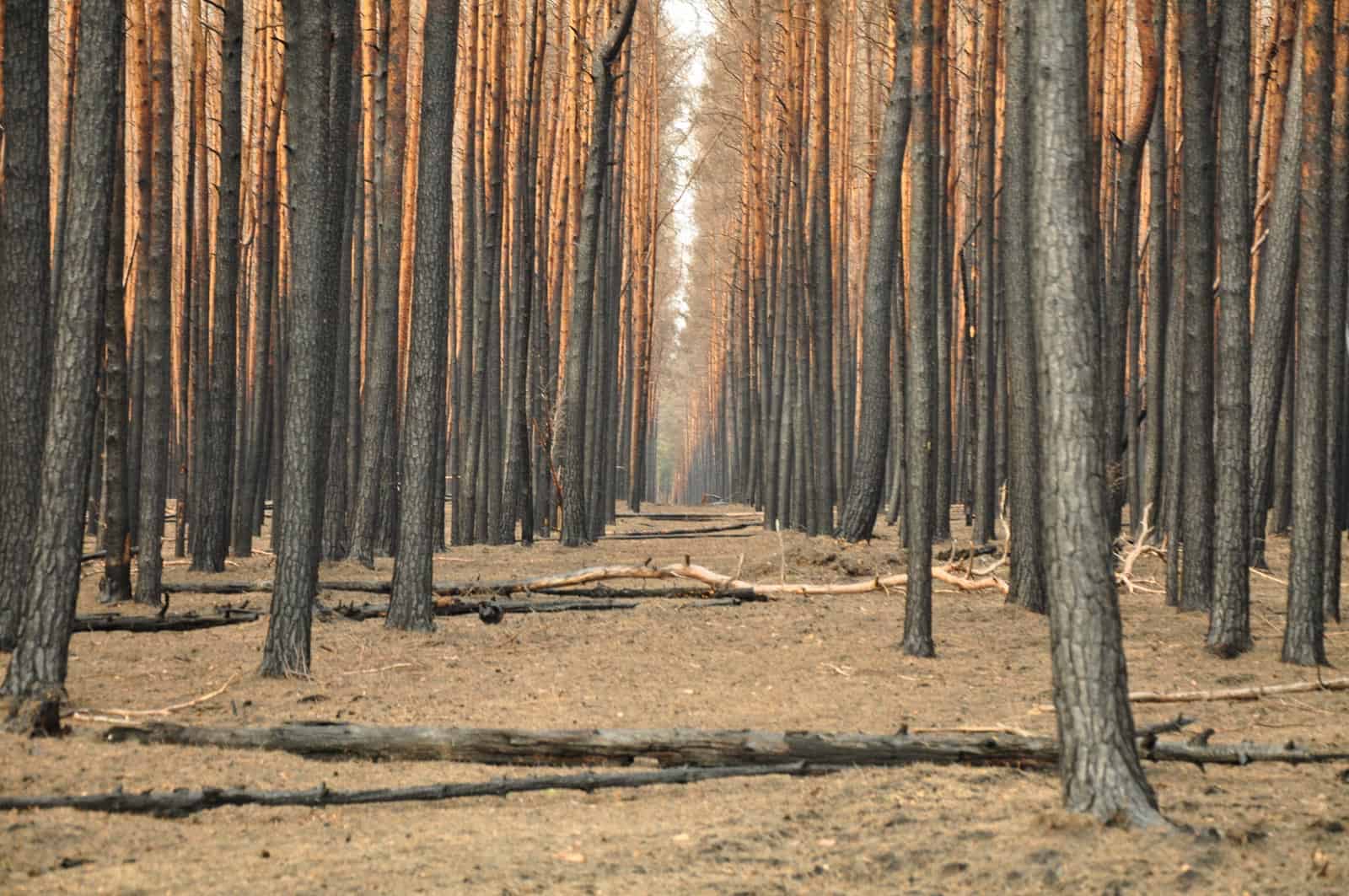
Hi,
this is a great map showing the status quo of Wild Areas according to the European Wilderness Definition. It shows the potential that exists, but also highlights between the lines the challenges. If you read the descriptions, you quickly see that almost all areas still allow hunting even in the Wilderness Zone. It also shows nicely the typical tourism pressure that Nationalparks category IUCN II have to master. Important information concerning “Habitat Fragmentation” and specifically issues like “Invasive Alien Species management” and “Fire Suppression regulations” are still missing. We already visited several of these areas in the last months and witnessed a good starting basis to quickly modify the respective management plans to comply with the European Wilderness Quality Definition and therefore officially including them in the European Wilderness Network.
We are glad that Germany, with the support of the BfN and Wilderness Advocates like Dr. Fink, Prof Riecken, Dr. Klein, Dr. Scherfose und Dr.Ssymank and their team, has pushed for Wilderness for such a long time, that we now have a great basis to build upon. The fact that most of the areas are currently primarily Wild Areas is perfectly okay considering that over time they will move along the Wilderness Continuum as the human intervention and extraction is continuously reduced.
I recommend to look at this link:
https://wildnisindeutschland.de/gebiete/
Hello,
the status of Wilderness is Germany is the following: Germany pledged to commit 2% of its landscape as non-intervention and non-traction wilderness. To identify these areas, they started a biographical process in 2012 and discovered a total of 1,2 mil ha of potential wilderness, more than then 714.000 ha Germany wants to designate. Most of those areas are defect wild areas, but given time the degree of human impact would be reduced. A backbone of this list, are the National Park core zones which will cover 75% of the areas of National Parks. In addition, several ex military and mining areas are included in this list as well.
The European Wilderness Society audits Wilderness areas to see if they comply with the European defined standard. This has been done with the areas listed on our Website, including one in Germany: Königsbrücker Heide. We are aware that there will be several areas calling themselves Wilderness, but in fact they will barely meet the criteria for Wild Areas. During the next few years, several potential Wilderness in Germany are keen to see if they can meet the European Standard and preliminary analysis has shown that we will have a few German Wilderness going the European Wilderness Network as audited and certified Wilderness.
Wildernessin Germany:
It would be so nice if I could see at once WHERE a specifiec wilderness area (in Germany for instance) IS with the specific name of it!
Now it remains very unclear.
By clicking on a symbol on the article of “wilderness area Germany” I get a map of Europe with more “areas” (red symbols) and when I click on one to look for the specific name, details and location there is not showing any information.
Quite unhandy.